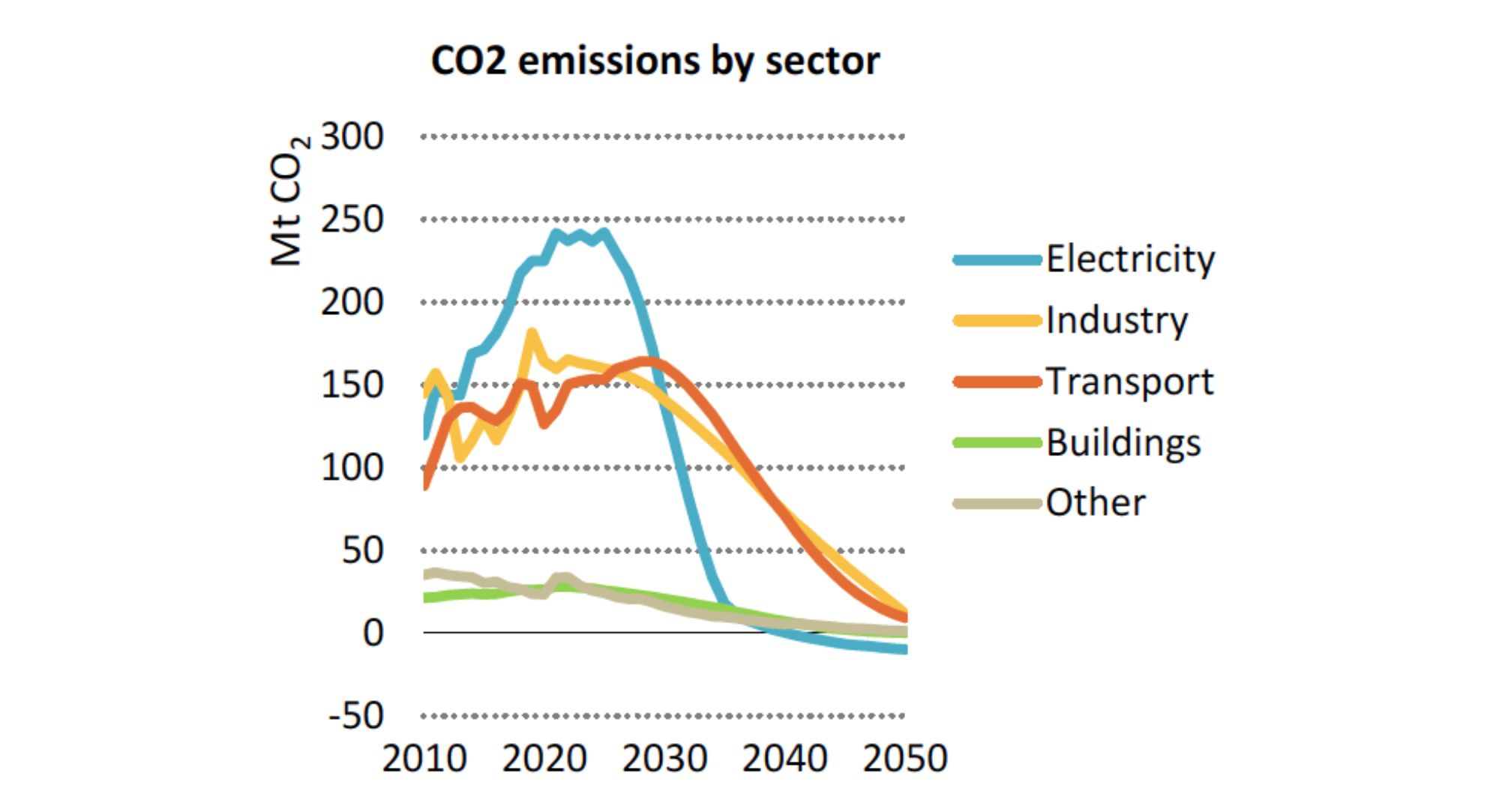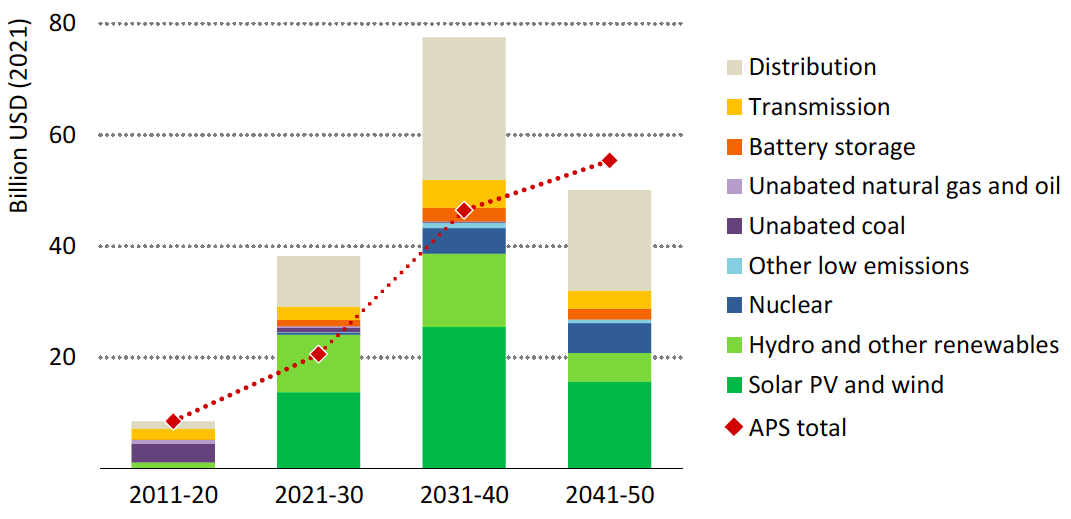
Breadcrumbs
Can Indonesia really achieve a net zero power sector by 2040?
And why would it want to do it?
Available in: Indonesia
Just two weeks after the IEA report was launched, the Government of Indonesia issued a Presidential Regulation No. 112/2022 on the acceleration of renewable energy development for electricity supply to attract more renewables investment and achieve national energy targets. It provides a new mechanism for determining renewable energy tariffs and the first formal regulation for early retirement of coal power in Indonesia.
This is an encouraging new beginning. It demonstrates initial signs of political ambition towards realising the benefits of achieving decarbonization of the electricity system in Indonesia, in alignment with the IEA report. Both the new regulation and the IEA scenarios show a promising future, requiring integration of the government vision, political commitment and the implementation, which is vital to achieve 2040 NZE. A successful transition of all sectors to NZE by 2050 will likely depend on the availability of emissions-free electricity.
Supporting Material
Acknowledgements
Electricians inspect and maintain solar panels on Karampuang Island, Indonesia
Credit: Jake Lyell / Alamy Photo Stock










On Friday, 2 September 2022, the IEA released its much-awaited report on “Energy Sector Roadmap to Net Zero Emissions (NZE) in Indonesia”. It pushes the boundaries to examine what’s possible in Indonesia, that keeps Indonesia consistent with a 1.5 degrees pathway, building on the global modeling that the IEA laid out in their 2021 landmark report, “Net Zero by 2050”.
This mini-briefing outlines some of the main highlights from the IEA’s analysis, to showcase why Indonesia should proudly and quickly set out a rapid electricity transition to bring power sector emissions to net zero by 2040 to accelerate the all sector net zero emissions by 2050, a decade earlier than the government target. Accelerating the transition brings more benefits to the country, from energy security to new job opportunities.
Featured in the media